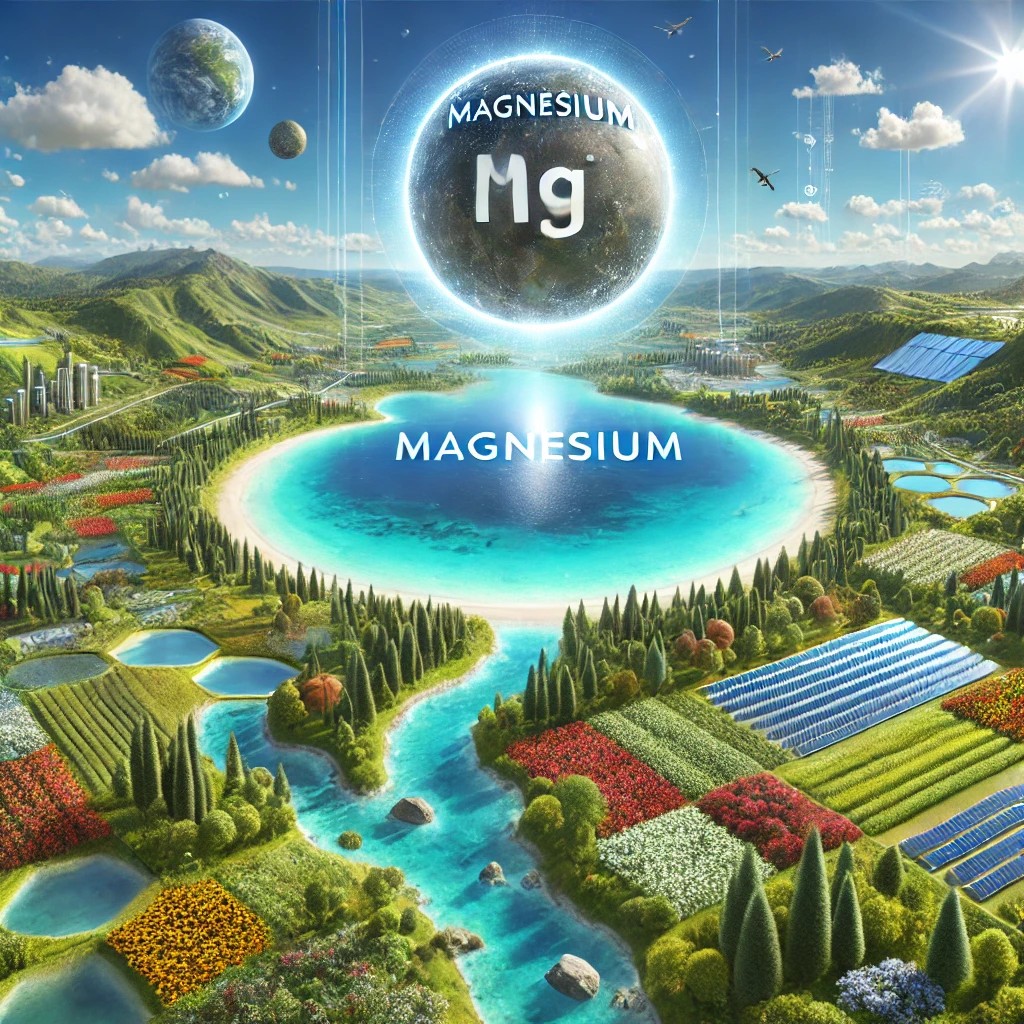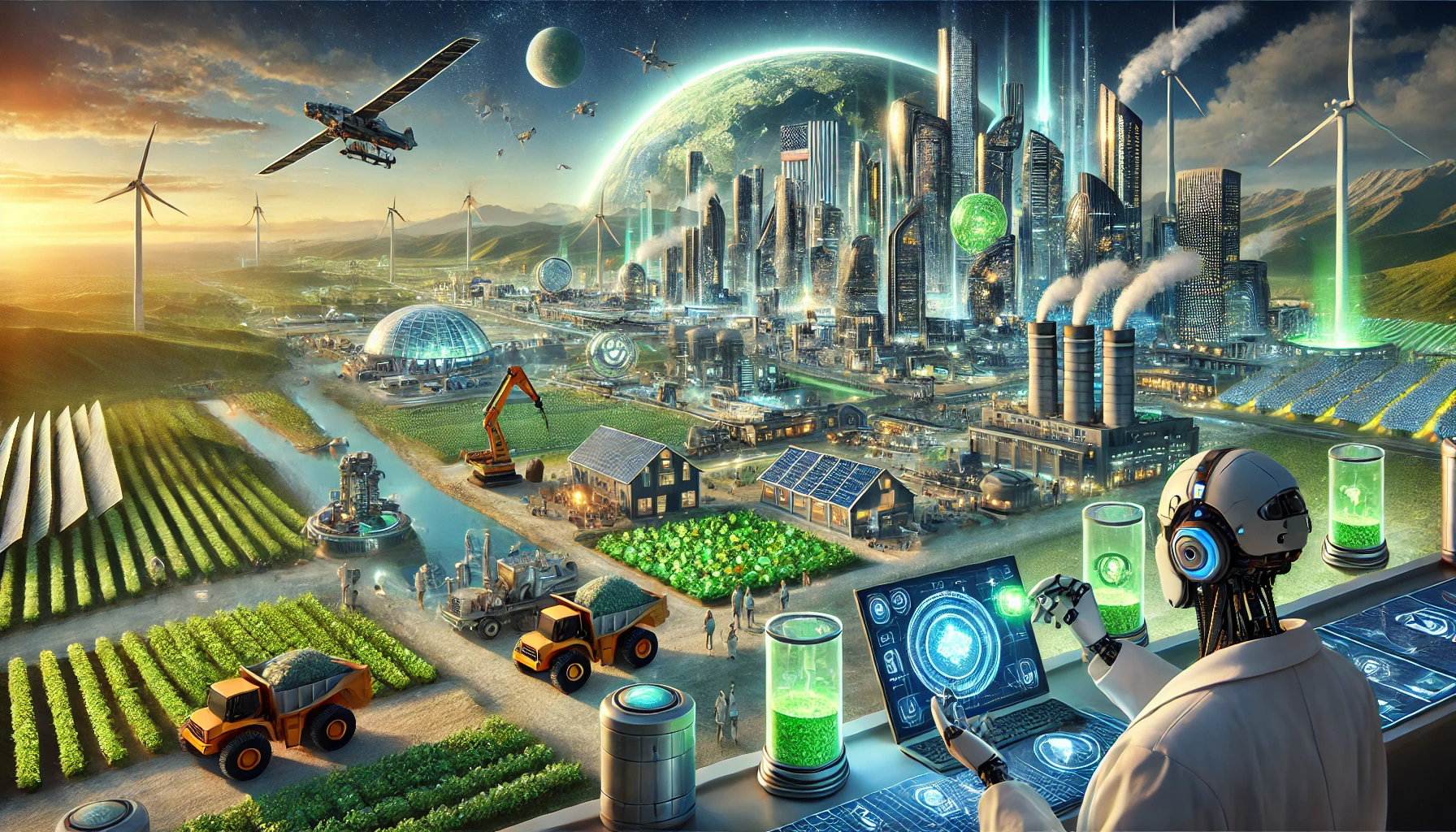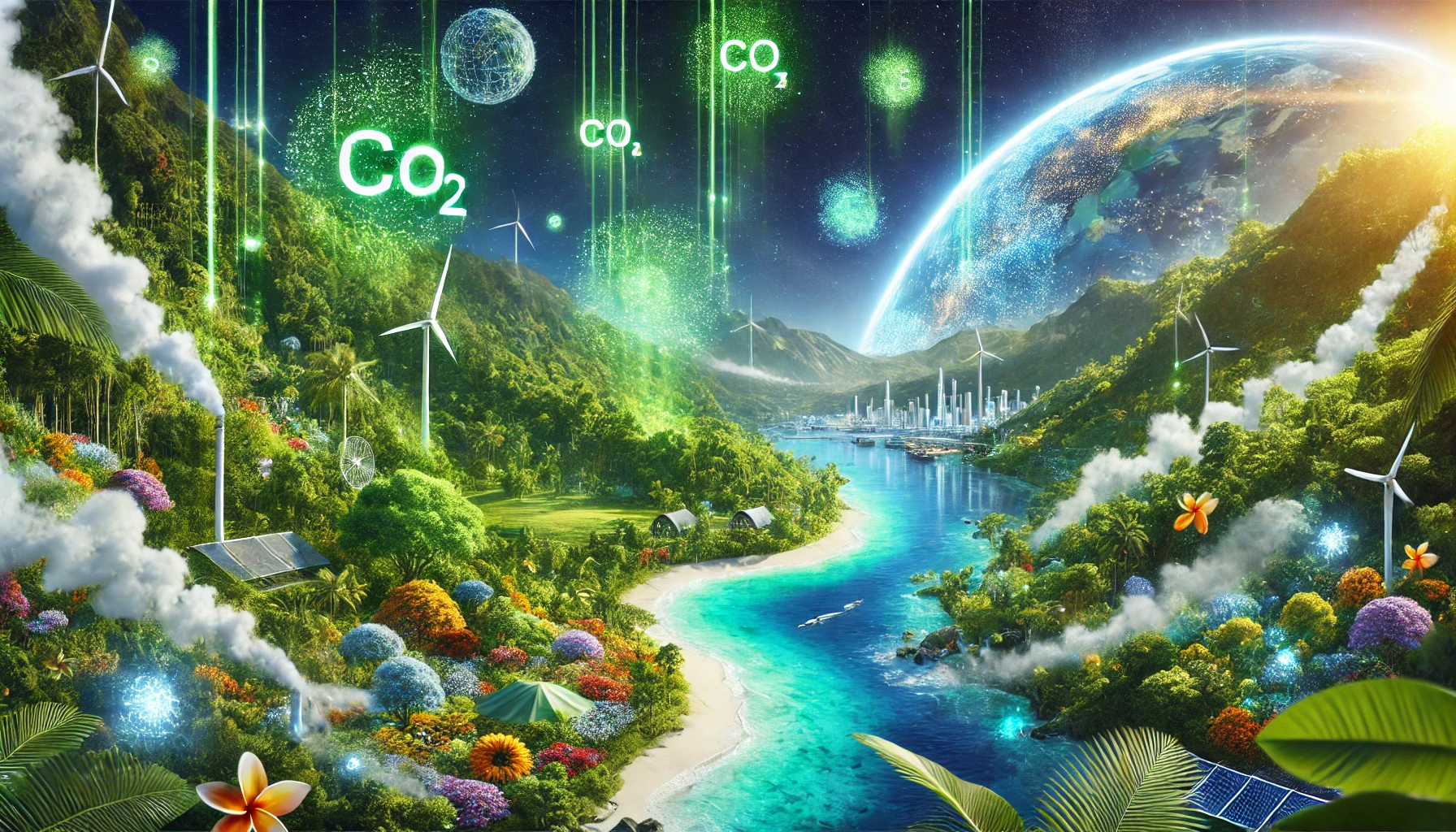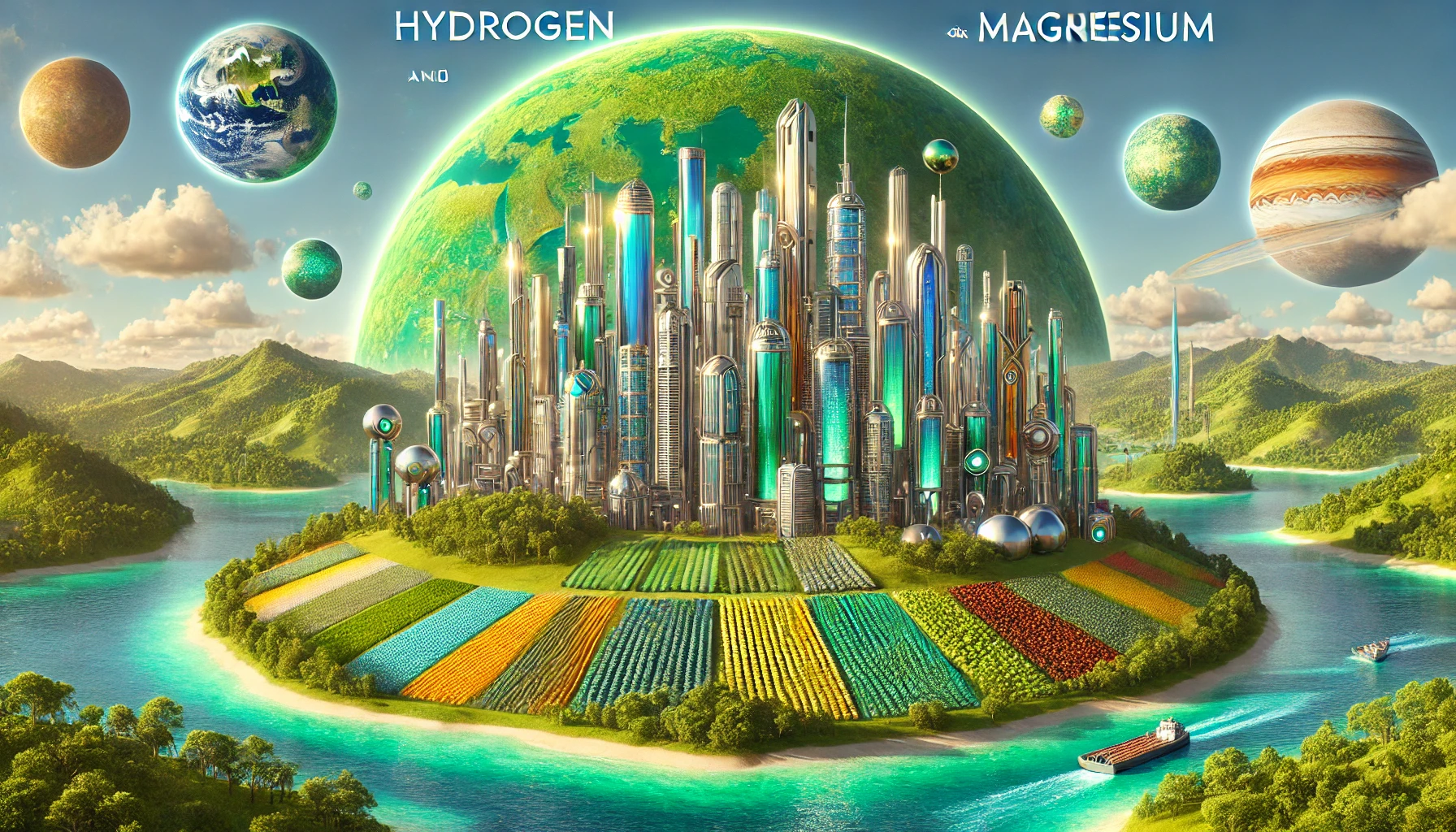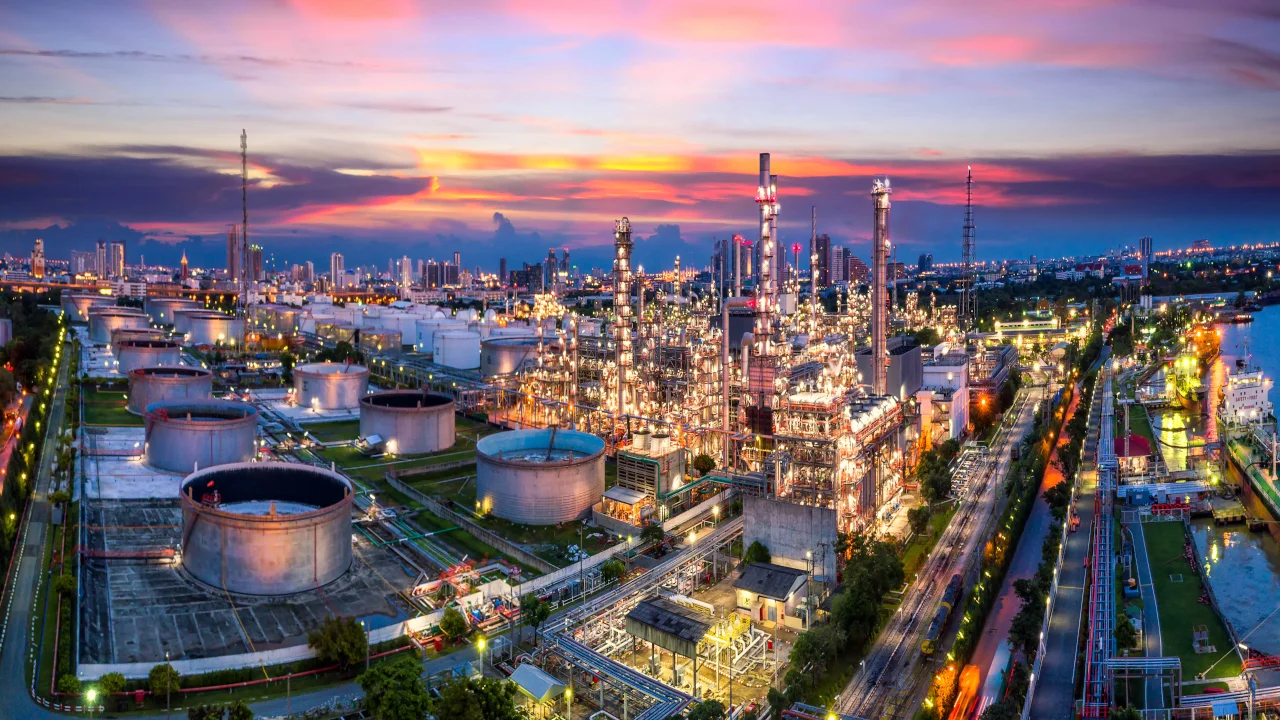
Oil is the most important commodity in the world generating over $3 trillion USD in 2022. Oil is the world’s most significant source of energy, serving as the lifeblood and engine of the industrialized world and becoming a vital source of economic growth globally. We use petroleum products to propel vehicles, to heat buildings, and to produce electricity. In the industrial sector, the petrochemical industry uses petroleum as a raw material (a feedstock) to make products such as plastics, polyurethane, solvents, and hundreds of other intermediate and end-user goods.
Unfortunately, fossil fuels are a nonrenewable resource , global greenhouse gas emissions from oil and gas are up to three times higher than fossil fuel polluters claim, new research warns.
Global carbon dioxide emissions in 2022 remain at record levels and natural carbon sinks are being impacted by climate change, according to a report published last week by the Global Carbon Project.
Climate TRACE – an independent emissions tracking NGO – released a report today analysing the emissions of 72,612 individual sources of CO2. It found that, of the 50 biggest polluters, half are oil and gas fields.
The publication, produced by an international team of more than 100 scientists including many experts from NOAA, projects that atmospheric CO2 concentrations will reach an average of 417.2 parts per million in 2022, more than 50 percent above pre-industrial levels. The projection of 40.6 billion tonnes of CO2 emissions in 2022 is close to the 40.9 billion tonnes of CO2 noted in 2019, which is the highest annual total ever recorded.
The average carbon dioxide coefficient of distillate fuel oil is 431.87 kg CO2 per 42-gallon barrel according to EPA. OPEC expected to see robust global oil demand growth in 2023, world oil demand in 2023 will rise by 2.25 million barrels per day an increase 2.3% from 2022 the Organization of the Petroleum Exporting Countries said in a newest report.
According to EIA, Global oil demand: Global liquids fuel consumption in the forecast increases from an average of 99.4 million barrels per day (b/d) in 2022 to 102.3 million b/d in 2024, driven primarily by growth in China and other non-OECD countries. However, significant uncertainty around our demand forecast remains based on possible outcomes for the evolving global economic conditions and China’s pivot away from a zero-COVID strategy.
EIA forecast that the reversal of restrictions will contribute to oil demand in China increasing by 0.7 million b/d in 2023 and by 0.4 million b/d in 2024.
Oil demand to remain largely flat over the forecast period, as inflationary economic pressures continue to limit GDP and oil demand growth and as the oil intensity of OECD economies declines.
Global oil supply: Global liquid fuels production averaged about 100.0 million b/d in 2022, and we forecast it will increase by an average of 1.1 million b/d in 2023 and 1.5 million b/d in 2024. Growth in non-OPEC production in both 2023 and 2024, as well as increases in OPEC output in 2024, will mostly offset an approximately 1.1 million b/d decline in Russia’s production over the forecast period.
In 2023 oil consumption rate is now over 100 million barrel per day is estimated that over 34 billion of barrels of oil will be consumed globally this year.
According to OPEC current estimates, 80.4% (1,241.82 billion barrels) of the world’s proven oil reserves are located in OPEC member countries. The oil industry estimates that there are 1.5 trillion barrels of commercially available oil reserves in the world. With current 34 billion of barrels consumption rate the world has only 44 years left on oil reserves.
Albanian Minerals CEO Sahit Muja said, “Oil is vital to many industries, a key and essential element for industrial civilization . Crude oil will be an indispensable raw material for generations to come mainly for the chemical industry. We must save oil now for better environment and a brighter future for our future generation. To achieve this, we need to end our reliance on fossil fuels and invest in alternative sources of energy that are clean, accessible, affordable, sustainable, and reliable”.
New York base executive Sahit Muja added that; Renewable energy sources are available in abundance all around the globe, provided by the sun, wind, water, waste, and heat from the earth those sources are replenished by nature and emit little to no greenhouse gases or pollutants into the air.





